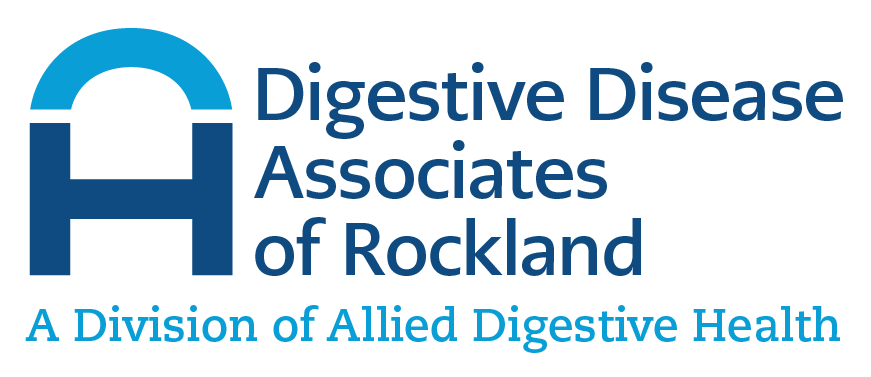What is Esophageal Manometry?
Esophageal manometry is a test used to measure the function of the esophagus, namely its peristalsis (sequential muscular contractions that propel food and water down the esophagus) and lower esophageal sphincter (the valve that prevents reflux of gastric acid into the esophagus).
Why is Esophageal Manometry Done?
The manometry test is commonly administered to patients who have one or more of the following symptoms:
- Difficulty swallowing
- Pain when swallowing
- Chest pain
- Heartburn
This test will inform patients and their physicians if a patient’s esophagus is able to move food to his/her stomach normally. It will also diagnose disorders of esophageal function, such as achalasia and diffuse esophageal spasm.
How Does One Prepare for Esophageal Manometry?
Before the test Medications
Please follow the instructions below (unless told otherwise by your doctor)
- One day (24 hours) before the test, taking: Calcium channel blockers: such as Calan, Isoptin, (verapamil); Adalato, Procardia (nifedipine); Cazrdizem (diltiazem). Nitrate and Nitroglycerin products: such as lsordil (isosorbide); Nitrobid, Nitrodisc, Nitrodur, Nitrogard, Transderm-Nitro, Tridil
- Tweleve hours before the test, do not take sedatives: such as Valium (diazepam), Xanax (alprazolam)
- Do not stop taking any other medication without first talking with your doctor.
Day of test Eating and drinking
- Do not eat or drink anything 4 to 6 hours before the test
How is Esophageal Manometry Performed?
The test is performed without sedation as patients need to swallow liquids during the study in order to test the function of the esophagus. However, a numbing lubricant (pain-relieving medication) will be applied to a patient’s nostril to make the passage of the tube more comfortable. A small flexible tube is passed through the nose, down the back of the throat, and into the stomach. The tube does not interfere with a patient’s breathing. Patients may feel some discomfort as the tube is being placed, but it takes only about a minute to place the tube. Most patients quickly adjust to the tube’s presence. Vomiting and coughing are possible when the tube is being placed, but are rare. The end of the tube exiting the nose is connected to a machine that records the pressure exerted on the tube. The tube is then slowly withdrawn. Sensors at various locations on the tubing sense the strength of the lower esophageal sphincter and the muscles of the esophagus. The sensors also measure the strength and coordination of the contractions in the esophagus as you swallow. The test lasts 20 to 30 minutes. When the test is over, the tube is removed. The gastroenterologist will interpret the recordings that were made during the test.
What Happens after Esophageal Manometry is Done?
The physician will notify patients when the test results are available or will discuss the results with the patient at the next scheduled appointment. Patients may resume a normal diet and activities and any medications that were withheld for this test. Patients may feel a temporary soreness of the throat. Lozenges or gargling with salt water may help.
What are the Risks Associated with Esophageal Manometry?
Esophageal manometry is a very safe and low-risk procedure. Patients may experience some gagging and discomfort in the nose and throat during the procedure. After its completion, patients may have a stuffy nose or sore throat for a short time. Nosebleeds are rare.

